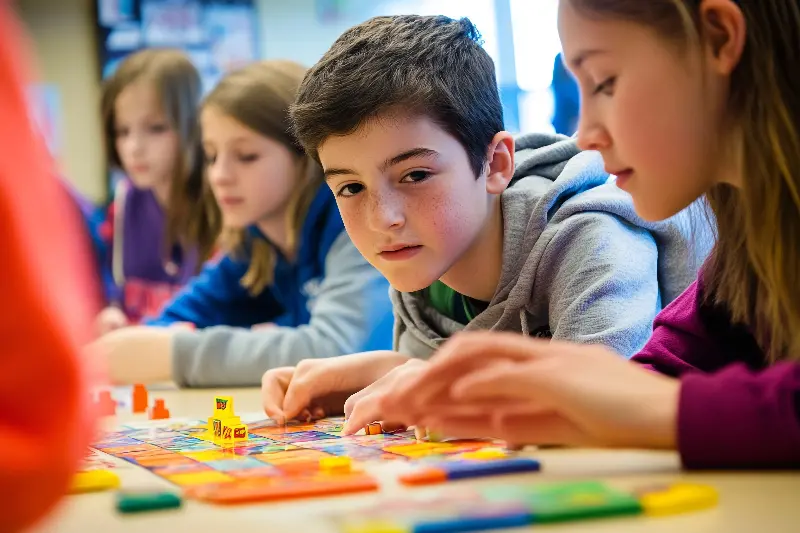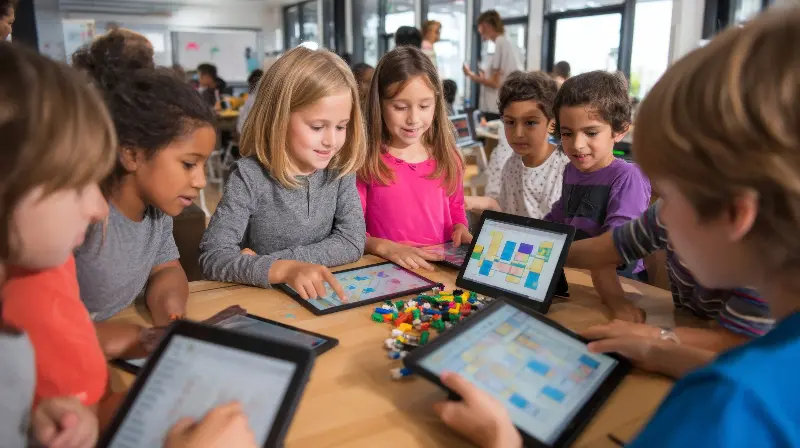There is a seismic shift rippling through the world of education, making traditional classrooms almost unrecognizable compared to those of just a decade ago. Chalkboards and rote memorization are steadily giving way to a captivating, interactive form of learning: gamification. While the concept of using game elements in non-game settings isn’t entirely new, its application in modern-day learning spaces is producing surprising results—engaging students and educators alike in ways once thought impossible.

The Science Behind Gamification
Gamification isn’t play for play’s sake. It weaves together core principles of motivation, psychology, and neuroscience to encourage students to engage, persist, and succeed. By integrating elements like points, badges, leaderboards, and challenges into lessons, teachers can trigger the brain’s reward system, making learning both enjoyable and memorable.
One fascinating aspect is how gamification capitalizes on the dopamine reward loop. Dopamine, often called the “feel-good” chemical, surges each time a student achieves a mini goal—solving a puzzle, answering a quiz correctly, or leveling up in a learning game. This subtle neurological feedback keeps learners coming back for more. Researchers at the Massachusetts Institute of Technology found that incorporating game-like elements into lessons led to nearly double the rate of homework completion compared to traditional assignments.
Unexpected Benefits: Beyond Engagement
Initially, gamification’s main promise was increased student engagement. However, modern studies reveal a multitude of unexpected benefits. For one, gamified environments foster a growth mindset, where failure is seen as an opportunity to improve rather than a discouragement. Students become more resilient, learning that repeated effort—just like trying to beat a tough level in a video game—can lead to mastery.
Surprisingly, gamification also improves social skills and collaboration. Multiplayer games and classroom challenges encourage healthy competition and teamwork. In a study published by the American Educational Research Journal, teachers reported that even normally reserved students became active participants when learning was structured as a collaborative quest. Suddenly, the shyest students were leading their teams, negotiating strategies, and supporting peers.

Personalization And Equity In Learning
One of the most empowering aspects of gamification is its ability to personalize learning. Digital platforms adapt to student performance, ensuring everyone—regardless of skill level—remains challenged but not overwhelmed. The instant feedback characteristic of most educational games means students can correct mistakes immediately and learn in real time.
This has significant implications for educational equity. By leveling the playing field and offering tailored experiences, gamification helps mitigate the disadvantages faced by students who may struggle in traditional settings. For example, platforms like Classcraft and Kahoot! have shown great success in engaging learners with disabilities through multimodal feedback—using sounds, visuals, and even social rewards to encourage participation. As a result, students who once fell through the cracks are finding new confidence in the classroom.
Teachers As Game Designers: A New Role Emerges
The rise of gamification is also energizing teachers, transforming their role from mere content deliverers to imaginative learning architects. Teachers are not only curating existing games but designing their own, customizing rules and rewards to fit class dynamics and curricular goals. This creative process can reignite a passion for teaching, as educators witness firsthand the joy and progress that come from fresh methods.
Some educators are integrating real-world tasks into their games, transforming mundane assignments into epic quests. Instead of a standard history report, students embark on an “explorer’s trail” where every piece of research unlocks new territories on a digital map, complete with badges for discovery and peer collaboration bonuses. This approach flips the script, presenting learning as an adventure rather than a chore.
Real-World Applications And Future Horizons
Gamification’s reach is extending beyond schools, influencing corporate training programs, language learning apps, and even higher education. Companies such as Duolingo and Coursera owe much of their user loyalty to cleverly gamified features like streak counts, XP points, and achievement badges.
Interestingly, gamification is even being credited with helping to close gender gaps in certain subjects. Girls, who sometimes disengage from STEM subjects due to societal pressures, report increased confidence and willingness to experiment in coding through narrative-based, game-like lessons. This bodes well for future diversity in tech and science-related fields.
Experts forecast that as technology advances—especially with virtual and augmented reality—gamification will evolve in remarkable ways. Imagine biology lessons where students “travel” inside the human body to defeat viruses, or virtual history quests that require decoding ancient scripts. While concerns around screen time and tech access remain, most educators agree that when used thoughtfully, gamification can supplement traditional methods, not replace them.
Innovation in education is no longer about simply adding technology. It’s about leveraging it to make learning irresistible. With gamification, classrooms everywhere are morphing into playgrounds of possibility, where challenge sparks curiosity, progress is visible, and every student is invited to press “start” on their own unique educational journey.
